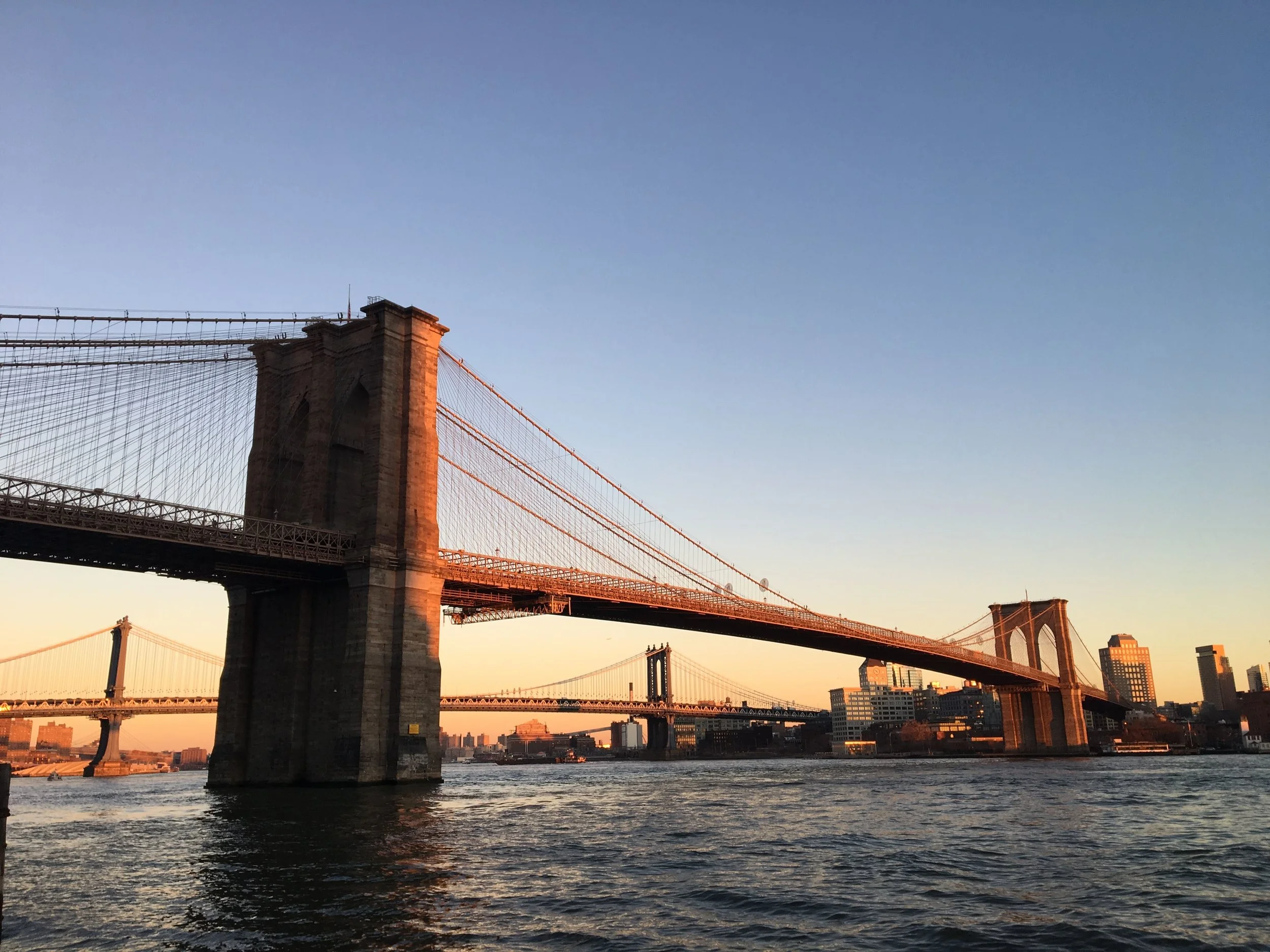Now that Summertime is upon us, I'm sure many BAP patients and employees have exciting trips, near and far, planned for the coming months.
Recently, I have been thinking about how travel is an opportunity to expand our worldview and better understand one another. I want to share one of my favorite ways to explore a new place and meet locals while traveling - wandering without a destination!
Beginning in the 1950s, a group of avant-garde intellectuals, artists and political theorists called The Situationists developed a theory about living in, exploring and moving through the urban environment called psychogeography. In 1958, a member of the group wrote about a method proposed by psychogeographers called the dérive.
"In a dérive one or more persons during a certain period drop their usual motives for movement and action, their relations, their work and leisure activities, and let themselves be drawn by the attractions of the terrain and the encounters they find there… But the dérive includes both this letting go and its necessary contradiction: the domination of psychogeographical variations by the knowledge and calculation of their possibilities." - Guy Debord, Theory of the Dérive.
My interpretation of the dérive is to take a day or two while traveling to explore without any real plan or destination. Sometimes I walk whichever way the crosswalk turns green. Sometimes I try to be directed by intuition or I will people watch until I see something or someone interesting to move towards. A lot of times it doesn't lead anywhere but sometimes it pays off and blossoms into a great experience. This lies at the heart of psychogeography and the dérive - instead of being guided through a city by the structures of capitalist consumerism, one is guided by their own curiosity and chance encounters. On the best of days, it leads to meeting interesting characters, unlisted local events or even just a glimpse of everyday life in a new locale.
Of course, traveling far from home is a privilege that requires access to time and money, a luxury that not everyone has. The great thing about the dérive is that it can be practiced anywhere. It's so easy to get stuck in our day to day routines. Sometimes, on a day off, it's fun to explore a neighborhood you've never been to or take the subway to a station on the map that, for some reason, always catches your eye. This way of exploring is an opportunity to get a taste of life all over the city and develop an appreciation for the similarities and differences of people's lives all over. We are so lucky here at home because New York City is exceptionally rich in diversity and culture. Every part of the city has something different or unexpected to offer.
Happy exploring!





